Holloways of Dorset
These ancient sunken lanes were naturally tunneled into the soft ground by countless footsteps.
Criss-crossing the bucolic county of Dorset in southern England are tunnel-like roads that have been naturally sunken by countless footsteps over centuries of repeated use.
These extremely well-trodden paths are often called holloways, from the Old English word “hola weg” meaning sunken road. They are a little-known treasure of the English countryside, found in parts of the world with long histories and soft rather than rocky ground, like the chalky sandstone on the English Channel coast.
Most of the ancient highways are between 300 and 3,000 years old, dating as far back as Roman times or even earlier. They would have started as drovers’ roads or pilgrims’ paths, worn down by year after year of human feet, hooves of horses and cattle, and wheels of carts heading to market. In storms the ditches would have filled with flowing water, further eroding the trench-like path until its hollowed out shape resembled more of a gorge than a road.
In some places, the holloways in Dorset have receded as much as 20 feet below the land on either side. Trees rise up from the banks flanking the overgrown narrow path, sometimes reaching toward each other to form an almost storybook canopy over the road, appearing like a tunnel through the thick greenery.
The recessed thoroughfares of Dorset cross from the coast heading to the north, inland toward North Chideock and Symondsbury villages in west Bridport. They were likely used to transport goods to and from the ships in the harbors. One especially deep, 300-year-old holloway is called “Hell Lane” despite its rather charming appearance in certain parts. It was nearly forgotten until it was explored and photographed by Robert Macfarlane for his book Holloway, along with other sunken lanes of Dorset.
Many holloways are now abandoned as roads, too narrow to be traveled on wheels. But they are still used as walking paths by locals in the know. Others, such as the trench-like roads in parts of France, were used as shelters in World War I and II. It’s fascinating to stroll through the ancient paths today and wonder about the comings and goings of the unfathomable number of human footsteps that carved them out of the Earth.
Know Before You Go
The map coordinates are for the Hell Barn Cottages located near one end of Hell Lane in the village of North Chideock in west Dorset.
However, there is easier free car parking at Symondsbury Estate. Follow the signs to Colmers Hill, but turn right onto the track rather than crossing it as directed.



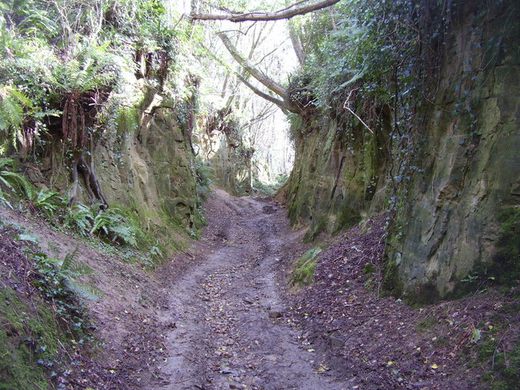

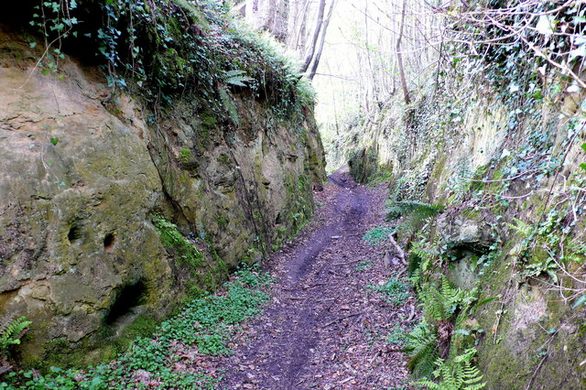
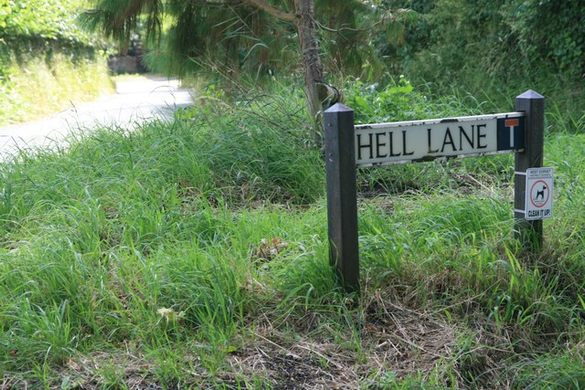

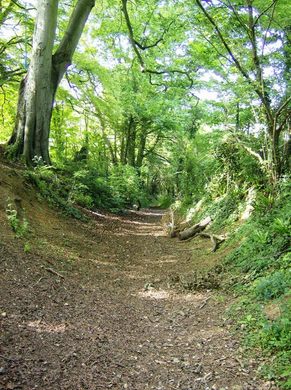

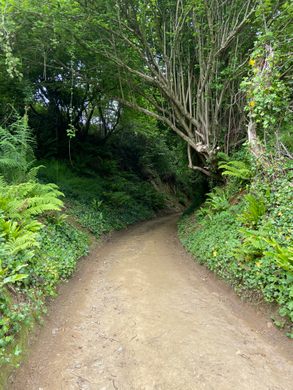

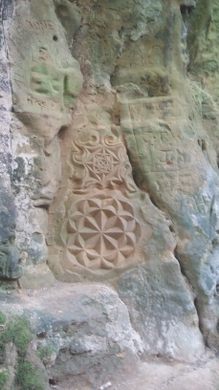
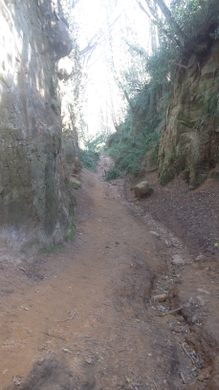




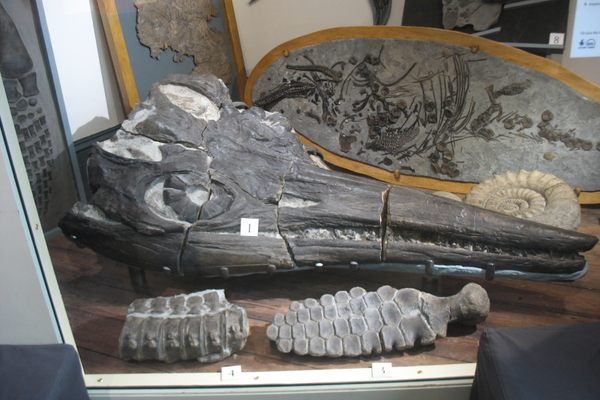
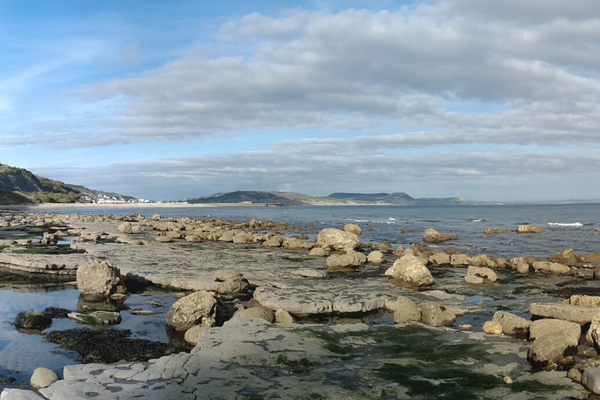

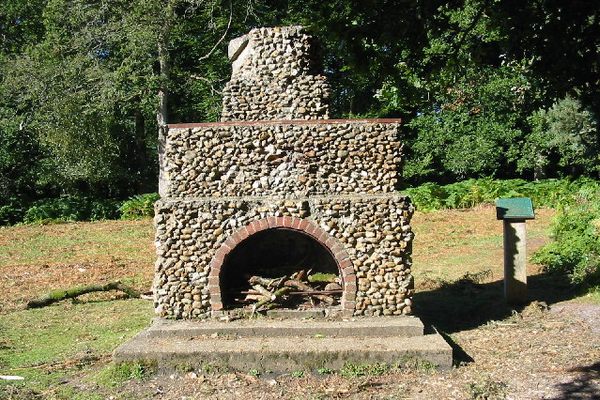

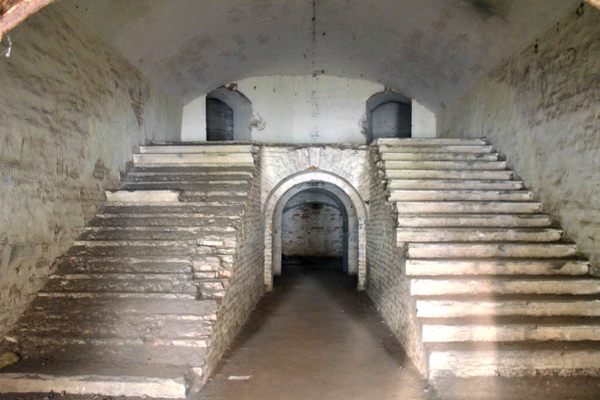


Follow us on Twitter to get the latest on the world's hidden wonders.
Like us on Facebook to get the latest on the world's hidden wonders.
Follow us on Twitter Like us on Facebook